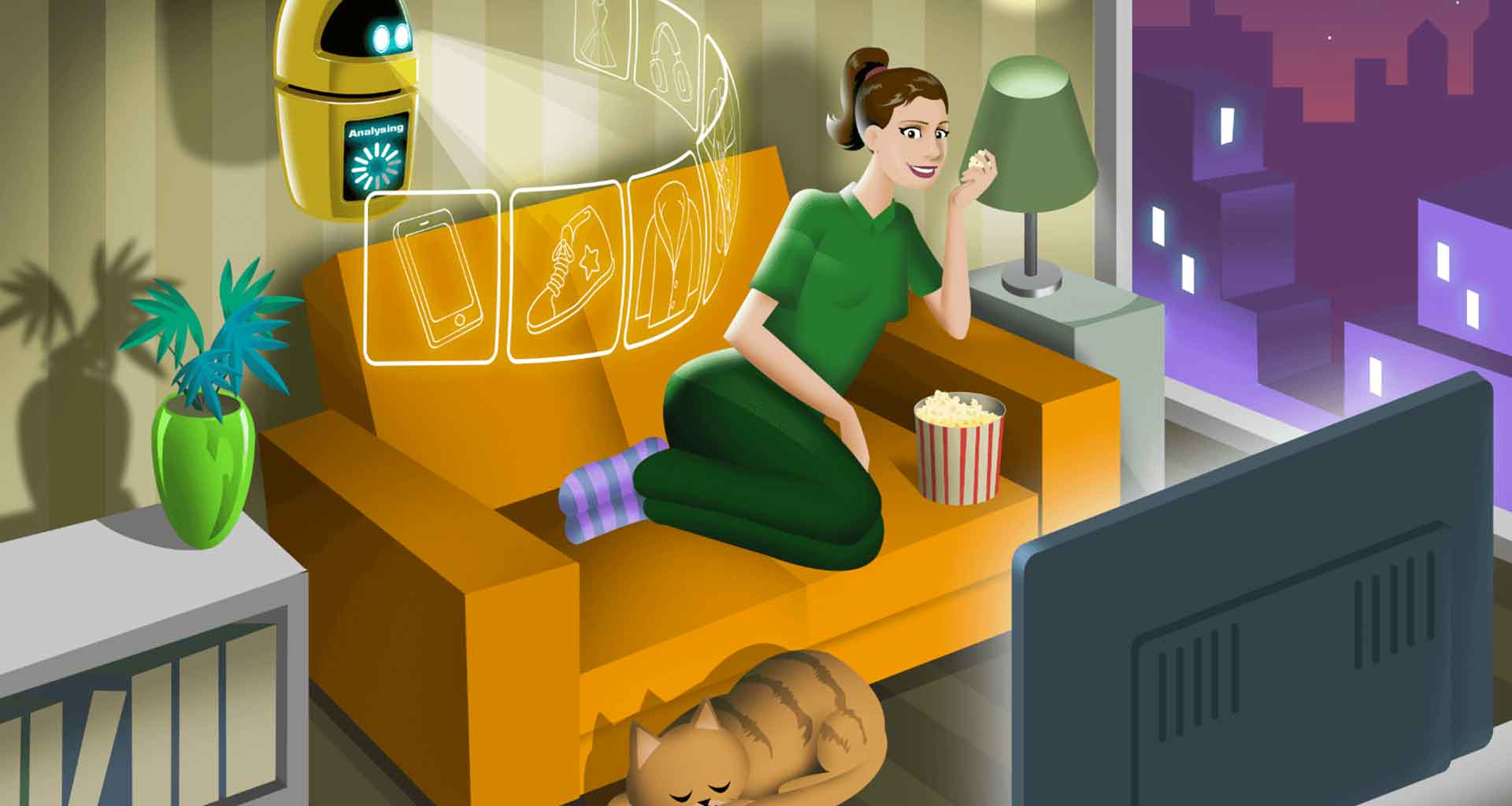Contents
More companies than ever are tapping into the power of AI customer service technologies to enhance efficiency and positively impact the lives of consumers, and with good reason. Research indicates that by implementing AI in their customer-facing operations, companies can expect to save approximately 30 billion customer service hours and realize $8B in savings thanks to customer self service.
Consumers benefit too. With 65% of consumers stating that they feel good when they handle an issue without talking to a live person, it’s no wonder that Gartner estimates that 85% of all customer interactions will be managed without a human by 2020.
The rise of smart virtual assistants
The inexorable rise of cutomer self service is being driven both by consumer demand and the continuously advancing capabilities of virtual assistants, which represent the solution to the problem of human cognitive load – the sheer volume of data we have to handle every day. As our Intelligent Personal Assistants (IPAs) mature, we will come to rely on them even more, resulting in the expected market for virtual assistants to reach $7.7B by 2025.
As self-service technology becomes more sophisticated, both consumers and enterprises are feeling the benefits. Virtual Customer Assistants (VCAs) have become an integral part of the user experience, taking on a wide range of traditional human roles, from telecom technicians, bank tellers, and consumer electronics experts to insurance loss adjustors and even sales reps. With accuracy levels improving daily, truly autonomous self service is now becoming a reality. Emerging use cases have IPAs interacting autonomously with VCAs and with each other to complete tasks, resolve issues and even collaborate on getting better deals.
Imagine your IPA interacting directly with VCAs to order groceries and make dinner reservations – or two IPAs getting their heads together to set a date for a party or organize a carpool. Groups of IPAs will soon collaborate to collectively pressure a local authority to fix a pothole or negotiate with a new lawn care service.
The tech behind the customer self service revolution
The core technologies that have enabled the rapid progress and swift adoption of smart virtual assistants include NLP text mining, Voice Analytics and Machine Learning. NLP text mining analyzes and derives insights from the written word, enabling virtual assistants to understand whether the customer’s feedback is positive, negative or neutral. Voice Analytics utilizes speech recognition software to extract useful data or detect stress in a customer’s voice, enabling the virtual assistant to engage proactively and appropriately. Machine Learning, meanwhile, enables the virtual assistant to perform the cognitive functions typically associated with the human mind, such as understanding, reasoning, problem solving, learning, and even interacting with the surrounding environment.
The power of vision
A key dimension of future autonomous self service will be visual, as virtual assistants move from traditional text-based understanding to image processing, and then to full visual interactions. Powered by Computer Vision technology, these hyper-advanced visual assistants will be trained using massive data sets of images of real customer issues, positioning them to see, interpret and influence our environments. They’ll be able to visually guide us through almost any process, pointing out exactly what we need to do using video with Augmented Reality instructions on our smart device screens.
“Good morning, you are chatting with Tom from Ganymede Telecom.”
“Hello Tom, this is Sally for the Chadwick household. Our new smart TV is not working. Stand by for images.”
“Thank you Sally, I’ve processed the images. I identify your device as the X5600. I see that the power sources is securely connected to your device and the outlet. I see the TV is set to the correct input, but the HDMI cable is incorrectly positioned. Stand by for a video showing the Chadwicks how to fix the issue.”
IPAs with the power of vision will soon be able to proactively identify issues in a consumer’s home, such as empty pantry shelves, leaking faucets, incorrectly configured smart blinds and improperly positioned smart cameras. The infrastructure is already in place, with these virtual assistants standing ready to provide unprecedented levels of intelligent customer assistance.
The time has come
Customer self service is at a critical juncture, with sky-high consumer expectations and huge investment in AI technologies. Over the next few years, our Intelligent Personal Assistants will have to evolve rapidly to meet the demand for intelligent, intuitive experience and will need to begin interacting in real time with companies’ Virtual Customer Assistants and with each other.
And with 3,000 Amazon Go stores set to open by 2021 and the total Computer Vision and hardware market expected to reach $26.2B by 2025, the trajectory toward fully visual customer self service is well established. Let’s grab hold and see where it takes us. For your copy of “What Self Service Will Look Like in 2025,” a truly eye-opening eBook, click here.







